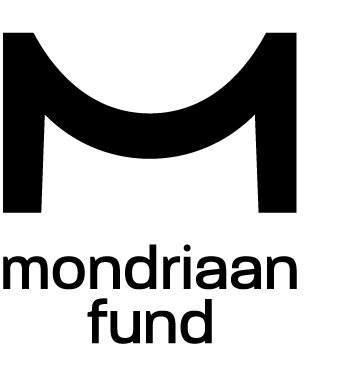So what counts as good taste in jewellery today? Quite simply this: no matter how little it costs, the piece of jewellery must be thought about in relation to the whole outfit it accompanies, it must be subjected to that essentially functional value which is that of style. What is new, if you like, is that the piece of jewellery is no longer on its own; it is one term in a set of links that goes from the body to clothing, to the accessory and includes the circumstances for which the whole outfit is being worn; it is part of an ensemble, and this ensemble is no longer necessarily ceremonial: taste can be everywhere, at work, in the country, in the morning, in winter, and the piece of jewellery follows suit; it is no longer a singular, dazzling, magical object, conceived as a way of ornamenting and thus making woman look her best; it is now more humble and more active, an element of clothing which enters into an equal relationship with a material, with a particular cut or with another accessory.
- Roland Barthes, The Language of Fashion
Since 2018 we have collaborated in a research driven practice, working at the border between fine art and theater. Central to our practice is to reconsider a few of the main modernist questions: how do we live together, how do we work together? How do we give shape and form to being together in the broadest sense? To deal with the complexity of this question and the quest for alternative modes of cooperation this entails dialogue and collaborations that lead to experiments in collectivity are crucial for us.
We initiated a larger collective in 2019. It consists of a constantly changing group of around 25 artists, theatermakers, actors, performers, theorists, fashion designers and students. Together we do residencies and make exhibitions, plays and publications. We literally sometimes live together, we cooke and eat together, we paint, print, we read and discuss texts, make music, get on hikes in the woods and along the seashore, pay visits to exhibitions, etc.
This collective was called Networked collective, a term coined by the influential Nigerian curator Okwui Enwezor. In his text The Artist as Producer in Times of Crisis Enwezor defines two types of collectives. One more conventional type, which he describes as: a structured modus vivendi based on permanent, fixed groupings of practitioners working over a sustained period. In such collectives, he continues, authorship represents the expression of the group rather than that of the individual artist. Enwezor compares this to another type of collectivity that he defines as: a flexible, non-permanent course of affiliation, privileging collaboration on project basis than on a permanent alliance. We feel attracted to this second, more open form of collectivity and therefore our collective refers, in name and practice, to Enwezors notion of collaborating as a pliable configuration. For us collectivity is about becoming - in the sense that it keeps on bringing up questions ranging from the philosophical to the political to the very personal. Within this transformational realm we continuously make new proposals in various media and focus on the tension between the social and the formal.
Since 2022 we re-named our research: It is part of an ensemble. Referring to The Language of Fashion, a text by Roland Barthes in which he describes how different (formal) parts of an outfit - clothes, jewelry - relate as well to each other as to the body, the person that wears it. And this relation is still there he argues, but it is no longer strictly defined. Things relate, but it is nog longer clear how, they relate wildly.
it is part of an ensemble
part@itispartofanensemble.com
